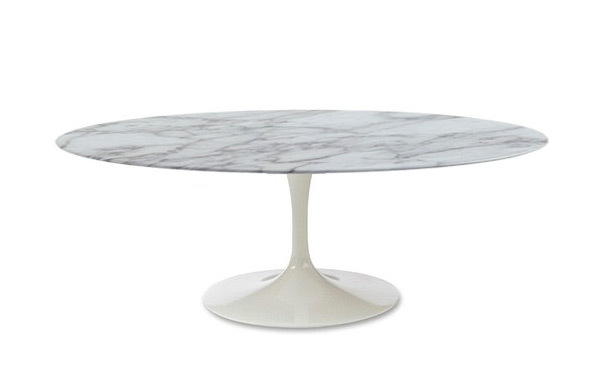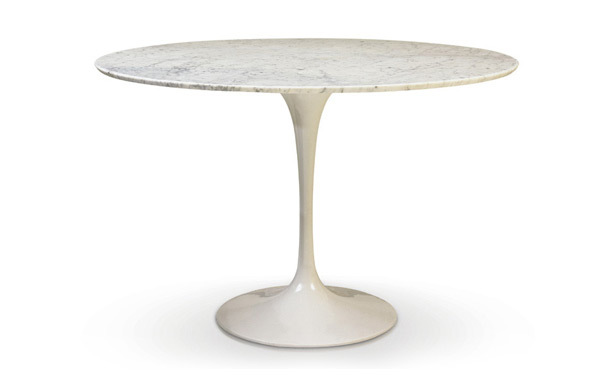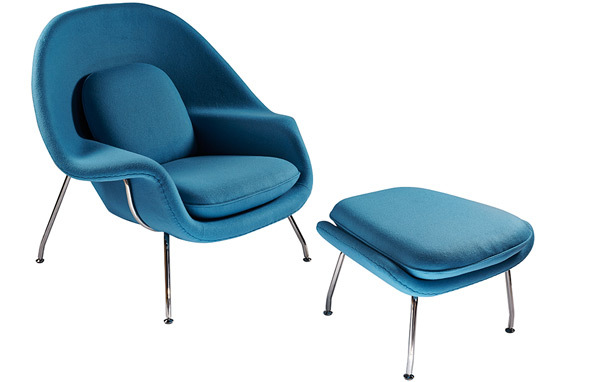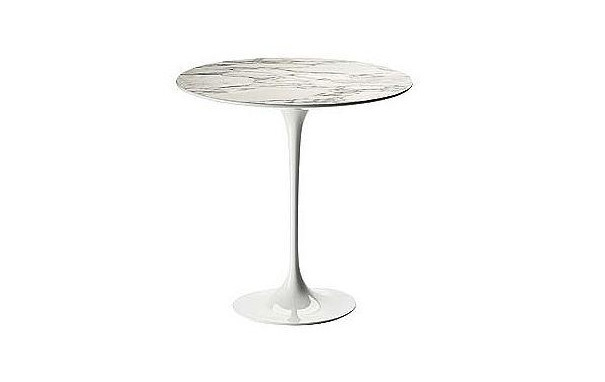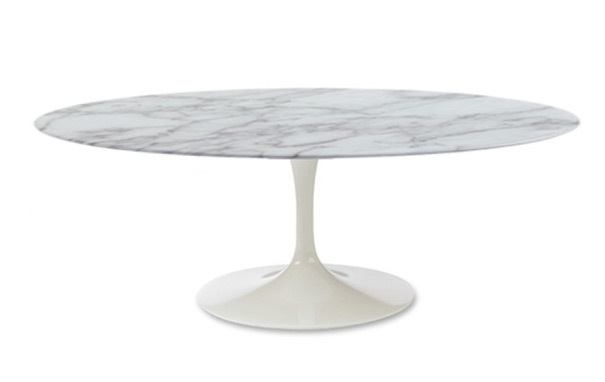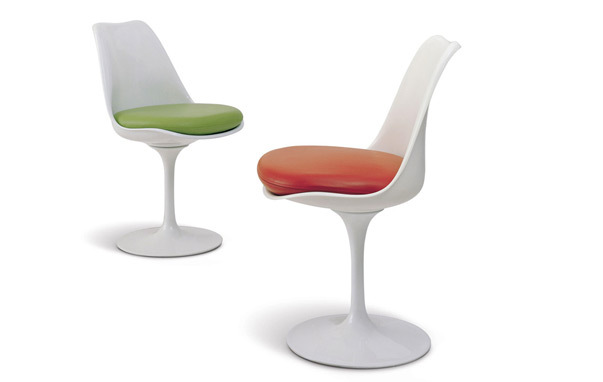Eero Saarinen
20th August 1910 – 1st September 1961
He was born in Finland and has a name that is undisputedly Scandinavian. However, no other designer or architect has been as synonymous with “The American Century” as that of Eero Saarinen.
The visionary behind iconic structures like St. Louis’ Gateway Arch, Detroit’s General Motors Technical Centre and John F. Kennedy Airport’s TWA Terminal, Saarinen’s architectural works represent some of the most potent symbols of American identity at the dawn of the atomic age.
But while many of Saarinen’s best-known creations tower over cityscapes, genuine Saarinen design can also be found in kitchens, dining rooms and lounges around the world. This undisputed master of 20th century architecture was also the furniture designer behind many of the era’s most innovative and enduring pieces.
Saarinen was the son of Eliel Saarinen, the celebrated Finnish architect and first President of Michigan’s Cranbrook Academy of Art. Eero studied at the Academy, taking courses in sculpture and furniture design, as well as developing close friendships with fellow students and future design world superstars Charles and Ray Eames and Florence Knoll.
He traveled to France to study sculpture, but after a year switched to architecture and returned to the US to study at Yale. In 1940, he became a naturalised US Citizen and put his new found patriotism to work, illustrating bomb disassembly manuals and designing the White House Situation Room for the US Office of Strategic Services.
Luckily, Saarinen’s enduring collaboration with former schoolmate Charles Eames lured him away from his burgeoning career as Dr. Strangelove’s interior decorator, and into the world of furniture design. Working with Charles, her husband Ray Eames and husband-and-wife production team Florence and Hans Knoll, Saarinen created a series of important pieces of furniture including the "Grasshopper" lounge chair and ottoman, the "Womb chair", ottoman and settee, and the famous "Tulip" or "Pedestal" group of side and arm chairs, a stool, and dining, coffee and side tables.
As Saarinen grew older, he became more focused on architecture, striving to take Modernism “beyond the measly ABC.” His exuberant, elaborate compositions were controversial at the time with critics who complained he invented “a new style for every building.” Today, however, his body of work stands alone.
Taken from us too soon at the age of 51, Eero Saarinen has a legacy that lives on, making a mark on our cities as well as our homes.
Eero Saarinen related articles, pages and products:
- About the Designers: Eero Saarinen profile page
- Blog: Spotlight on Eero Saarinen
- Blog: When was the last time you were truly comfortable - the Womb?
- Blog: The marble table room is taking shape
- Blog: Introducing the Marble Room - a room dedicated to the Tulip table and chair range
- Product page: The Womb chair
- Product page: The Tulip chair
- Product page: The Tulip oval marble dining table
- Product page: The Tulip marble dining table
- Product page: The Tulip marble side table
- Product page: The Tulip marble coffee table


